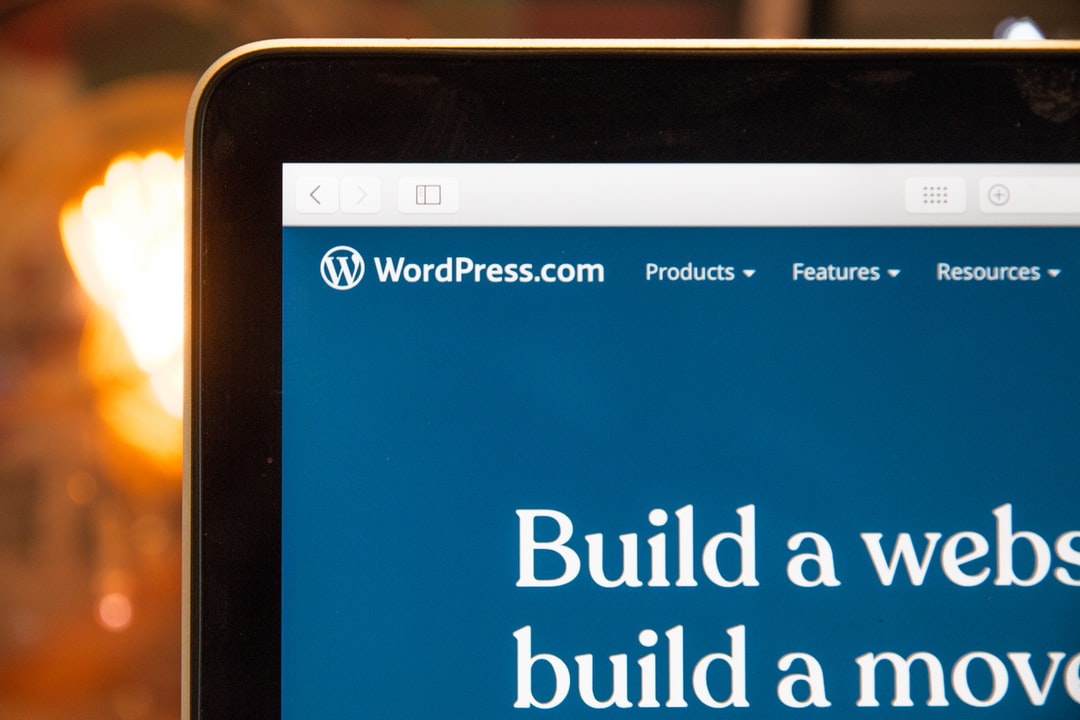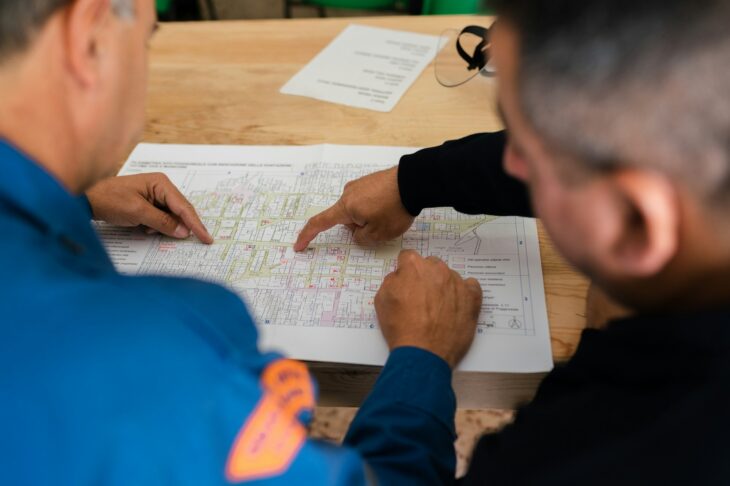
Web Design for Beginners: Build Your Own Website
Having an online presence is crucial for individuals and businesses alike. Whoever you are, building your own website is a powerful way to establish your online identity. But where do you start? Especially if you’re a beginner in web design.
Look no further! Welcome to our comprehensive guide. This article is for those who are eager to dive into web design but may feel overwhelmed or uncertain about where to begin. We will walk you through the fundamental concepts and tools needed to create a great website.
This article will empower you to take the first steps toward web design for beginners.
Understanding Web Design
Web design is a multidisciplinary field that combines different aspects into use. It uses visual design, user interface (UI) design, user experience (UX) design, and coding.
The goal of web design is to create an engaging and intuitive digital environment that serves a specific purpose. It must also do its purpose well. Whether it’s to inform, sell products, entertain, or communicate.
Web design encompasses the process of planning, creating, and arranging the various elements that make up a website. It goes beyond aesthetics. It focuses on user experience, functionality, and effective communication.
Define Your Website’s Purpose
The first step in defining your website’s purpose is to know your audience. Are you targeting a specific demographic? Or is your target much more general?
Understanding your target audience will help you tailor your website’s content, design, and functionality to meet their needs and expectations. Next, you need to know the goal of your website.
What do you want to achieve with your website? Is it to inform, educate, entertain, sell products, provide services, build a community, or showcase your portfolio? Defining your website’s primary goal will guide your design decisions and content strategy.
Create Your Website!
Now, we’re sure you have an idea of the basics of web design and your dream website. So let’s start to create a website!
Choose a Platform
The first step in choosing a platform is to check your own skills. If you have little to no coding experience, consider platforms that offer intuitive visual interfaces and drag-and-drop functionality, or opt for affordable web design services.
If you have coding skills and prefer more control and customization, you might opt for building a website from scratch using HTML, CSS, and JavaScript. Consider the future growth and scalability of your website. Will you need to add more pages, expand functionality, or handle increased traffic over time?
Choose a platform that offers scalability and flexibility to accommodate your evolving needs. Some platforms provide a range of plugins, extensions, or themes that can enhance functionality and allow for customization.
Finally, your budget. Some platforms, such as website builders or CMS, may need a subscription fee or extra costs for premium features, themes, or plugins. Assess the long-term costs associated with the platform, including hosting, domain registration, and ongoing maintenance.
Harness Visual Elements
Select a harmonious color palette that aligns with your brand or desired aesthetic. Use colors to evoke emotions and create visual interest. Ensure enough contrast between text and background colors for readability.
Consider color psychology. Research what people associate with different colors.
Choose fonts that are legible and appropriate for your website’s content and purpose. Select a combination of fonts for headings, subheadings, and body text that complement each other.
Ensure readability by using appropriate font sizes, line spacing, and line lengths. Consistency in typography throughout the website maintains a cohesive visual identity.
Incorporate high-quality and relevant images, illustrations, or graphics to enhance your website’s visual appeal. Use visuals that support your content, evoke emotions, and resonate with your target audience.
Optimize images for the web to ensure fast loading times without sacrificing quality. Consider using original or custom visuals to differentiate your website.
The Power of Layout
The layout determines how the content is structured and arranged on a webpage. It helps users navigate and understand the information hierarchy.
A well-organized layout presents content in a logical and intuitive manner. This makes it easier for users to find what they’re looking for and absorb the information.
An effective layout improves readability by considering typography, line lengths, and spacing. It ensures that the text is legible and easy to read.
Additionally, a well-structured layout enhances scannability. This allows users to scan and identify relevant information or sections of interest.
Make it Responsive
To make your website responsive, you need to understand the principles of responsive design. This includes fluid grids, flexible images, and media queries. This approach allows your website to adjust and respond to different viewport sizes and orientations.
Start designing and developing your website with a mobile-first mindset. Begin by creating a layout and design that works well on small screens, then enhance it for larger screens. This approach ensures a solid foundation for responsiveness.
Optimize for Search Engines
To stay competitive, you need to optimize for search engines. Identify relevant keywords and phrases that your target audience may use to search for content related to your website.
Use keyword research tools to discover popular and relevant terms. Focus on long-tail keywords (more specific and longer phrases) that align with your website’s content.
Develop high-quality, original, and engaging content that provides value to your target audience. Ensure your content is well-written and informative. Make sure it addresses the search intent behind specific keywords.
Incorporate relevant keywords into your content without keyword stuffing. If your business serves a specific geographical area, optimize your website for local searches.
Claim and optimize your listing. You should include your business address, phone number, and relevant local keywords on your website. Remember to encourage customer reviews!
Web Design for Beginners: Expand Your Skills
Creating your own website doesn’t have to be intimidating or overwhelming! With attention to key elements of web design, you can make an attractive, professional site.
Get started on web design for beginners today! Expand your skills and join the millions of people making the web work for them. It’s not hard, and it’s worth it!
Did you find this article helpful? Keep reading our blog for more helpful content!

